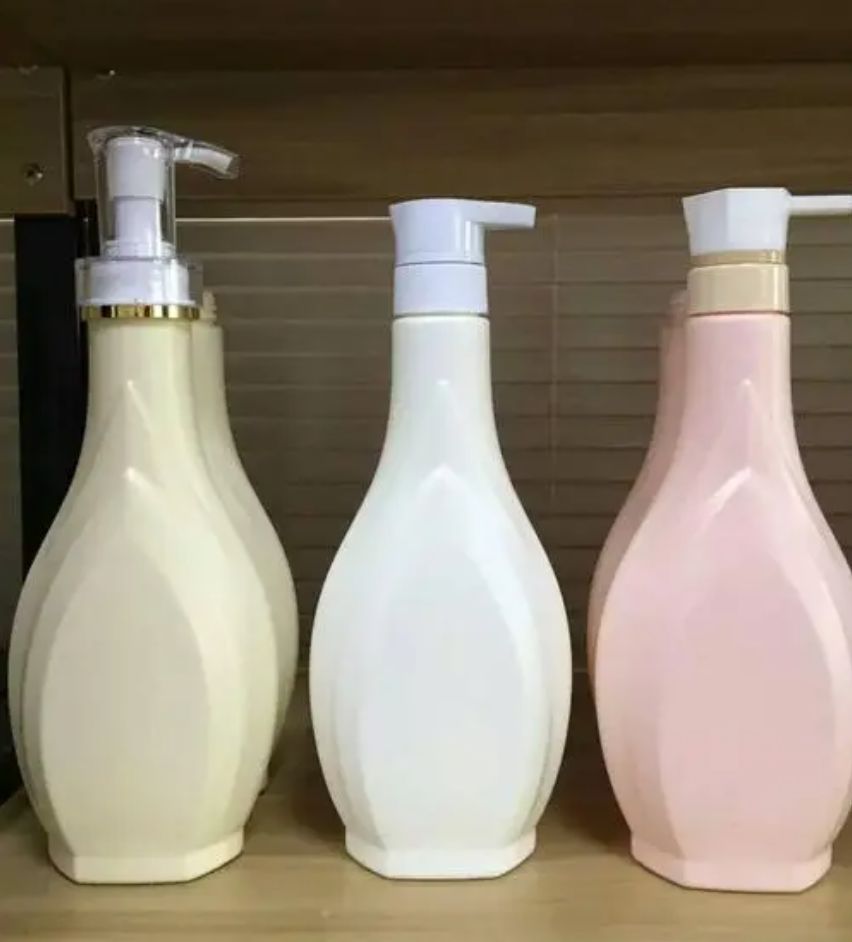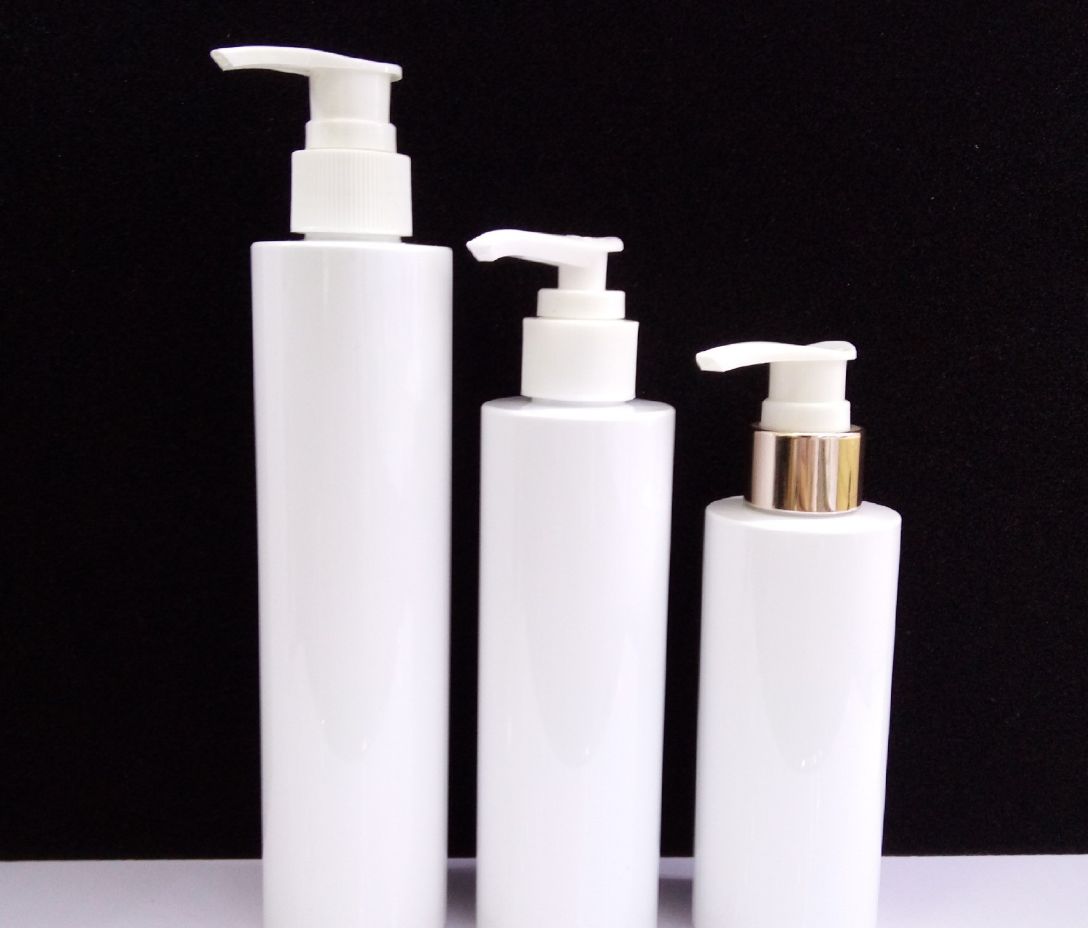Shampoo is a product used in people’s daily life to remove dirt from the scalp and hair and keep the scalp and hair clean. The main ingredients of shampoo are surfactants (referred to as surfactants), thickeners, conditioners, preservatives, etc. The most important ingredient is surfactants. The functions of surfactants include not only cleaning, foaming, controlling rheological behavior, and skin mildness, but also playing a key role in cationic flocculation. Because the cationic polymer can be deposited on the hair, the process is closely related to surface activity, and surface activity also helps the deposition of other beneficial components (such as silicone emulsion, anti-dandruff actives). Changing the surfactant system or changing electrolyte levels will always cause a chain reaction of conditioning polymer effects in the shampoo.
1.SLES table activity
SLS has a good moisturizing effect, can produce rich foam, and tends to produce flash foam. However, it has strong interaction with proteins and is highly irritating to the skin, so it is rarely used as the main surface activity. The current main active ingredient of shampoos is SLES. The adsorption effect of SLES on skin and hair is obviously lower than that of corresponding SLS. SLES products with a higher degree of ethoxylation will actually have no adsorption effect. In addition, the foam of SLES It has good stability and strong resistance to hard water. The skin, especially the mucous membrane, is much more tolerant to SLES than SLS. Sodium laureth sulfate and ammonium laureth sulfate are the two most widely used SLES surfactants on the market. Research by Long Zhike and others found that laureth sulfate amine has higher foam viscosity, good foam stability, moderate foaming volume, good detergency, and softer hair after washing, but laureth sulfate ammonium salt Ammonia gas will be dissociated under alkaline conditions, so sodium laureth sulfate, which requires a wider pH range, is more widely used, but it is also more irritating than ammonium salts. The number of SLES ethoxy units is usually between 1 and 5 units. The addition of ethoxy groups will reduce the critical micelle concentration (CMC) of sulfate surfactants. The largest decrease in CMC occurs after adding only one ethoxy group, while after adding 2 to 4 ethoxy groups, the decrease is much lower. As the ethoxy units increase, the compatibility of AES with skin improves, and almost no skin irritation is observed in SLES containing about 10 ethoxy units. However, the introduction of ethoxy groups increases the solubility of the surfactant, which hinders viscosity building, so a balance needs to be found. Many commercial shampoos use SLES containing an average of 1 to 3 ethoxy units.
In summary, SLES is cost-effective in shampoo formulations. It not only has rich foam, strong resistance to hard water, is easy to thicken, and has fast cationic flocculation, so it is still the mainstream surfactant in current shampoos.
2. Amino acid surfactants
In recent years, because SLES contains dioxane, consumers have turned to milder surfactant systems, such as amino acid surfactant systems, alkyl glycoside surfactant systems, etc.
Amino acid surfactants are mainly divided into acyl glutamate, N-acyl sarcosinate, N-methylacyl taurate, etc.
2.1 Acyl glutamate
Acyl glutamates are divided into monosodium salts and disodium salts. The aqueous solution of monosodium salts is acidic, and the aqueous solution of disodium salts is alkaline. The acyl glutamate surfactant system has appropriate foaming ability, moistening and washing properties, and hard water resistance that are better than or similar to SLES. It is highly safe, will not cause acute skin irritation and sensitization, and has low phototoxicity. , the one-time irritation to the eye mucosa is mild, and the irritation to injured skin (mass fraction 5% solution) is close to that of water. The more representative acyl glutamate is disodium cocoyl glutamate. . Disodium cocoyl glutamate is made from extremely safe natural coconut acid and glutamic acid after acyl chloride. Li Qiang et al. found in “Research on the Application of Disodium Cocoyl Glutamate in Silicone-Free Shampoos” that adding disodium cocoyl glutamate to the SLES system can improve the foaming ability of the system and reduce SLES-like symptoms. Shampoo irritation. When the dilution factor was 10 times, 20 times, 30 times, and 50 times, disodium cocoyl glutamate did not affect the flocculation speed and intensity of the system. When the dilution factor is 70 times or 100 times, the flocculation effect is better, but thickening is more difficult. The reason is that there are two carboxyl groups in the disodium cocoyl glutamate molecule, and the hydrophilic head group is intercepted at the interface. The larger area results in a smaller critical packing parameter, and the surfactant easily aggregates into a spherical shape, making it difficult to form worm-like micelles, making it difficult to thicken.
2.2 N-acyl sarcosinate
N-acyl sarcosinate has a wetting effect in the neutral to weakly acidic range, has strong foaming and stabilizing effects, and has a high tolerance for hard water and electrolytes. The most representative one is sodium lauroyl sarcosinate. . Sodium lauroyl sarcosinate has excellent cleaning effect. It is an amino acid-type anionic surfactant prepared from natural sources of lauric acid and sodium sarcosinate through a four-step reaction of phthalization, condensation, acidification and salt formation. agent. The performance of sodium lauroyl sarcosinate in terms of foaming performance, foam volume and defoaming performance is close to that of sodium laureth sulfate. However, in the shampoo system containing the same cationic polymer, the flocculation curves of the two exist. obvious difference. In the foaming and rubbing stage, the amino acid system shampoo has a lower rubbing slipperiness than the sulfate system; in the flushing stage, not only the flushing slipperiness is slightly lower, but also the flushing speed of the amino acid shampoo is lower than that of the sulfate shampoo. Wang Kuan et al. found that the compound system of sodium lauroyl sarcosinate and nonionic, anionic and zwitterionic surfactants. By changing parameters such as surfactant dosage and ratio, it was found that for binary compound systems, a small amount of alkyl glycosides can achieve synergistic thickening; while in ternary compound systems, the ratio has a great impact on the viscosity of the system, among which The combination of sodium lauroyl sarcosinate, cocamidopropyl betaine and alkyl glycosides can achieve better self-thickening effects. Amino acid surfactant systems can learn from this type of thickening scheme.
2.3 N-Methylacyltaurine
The physical and chemical properties of N-methylacyl taurate are similar to those of sodium alkyl sulfate with the same chain length. It also has good foaming properties and is not easily affected by pH and water hardness. It has good foaming properties in the weakly acidic range, even in hard water, so it has a wider range of uses than alkyl sulfates, and is less irritating to skin than N-sodium lauroyl glutamate and sodium lauryl phosphate. Close to, far lower than SLES, it is a low-irritation, mild surfactant. The more representative one is sodium methyl cocoyl taurate. Sodium methyl cocoyl taurate is formed by the condensation of naturally derived fatty acids and sodium methyl taurate. It is a generalized amino acid surfactant with rich foam and good foam stability. It is basically not affected by pH and water. Hardness effect. Sodium methyl cocoyl taurate has a synergistic thickening effect with amphoteric surfactants, especially betaine-type amphoteric surfactants. Zheng Xiaomei et al. in “Research on the Application Performance of Four Amino Acid Surfactants in Shampoos” focused on sodium cocoyl glutamate, sodium cocoyl alanate, sodium lauroyl sarcosinate, and sodium lauroyl aspartate. A comparative study was conducted on the application performance in shampoo. Taking sodium laureth sulfate (SLES) as a reference, the foaming performance, cleaning ability, thickening performance and flocculation performance were discussed. Through experiments, it was concluded that the foaming performance of sodium cocoyl alanine and sodium lauroyl sarcosinate is slightly better than that of SLES; the cleaning ability of the four amino acid surfactants has little difference, and they are all slightly better than SLES; thickening Performance is generally lower than SLES. By adding a thickener to adjust the viscosity of the system, the viscosity of the sodium cocoyl alanine system can be increased to 1500 Pa·s, while the viscosity of the other three amino acid systems is still lower than 1000 Pa·s. The flocculation curves of the four amino acid surfactants are gentler than those of SLES, indicating that the amino acid shampoo flushes slower, while the sulfate system flushes slightly faster. In summary, when thickening the amino acid shampoo formula, you can consider adding nonionic surfactants to increase the micelle concentration for the purpose of thickening. You can also add polymer thickeners such as PEG-120 methylglucose dioleate. In addition, , compounding appropriate cationic conditioners to improve combability is still a difficulty in this type of formulation.
3. Nonionic alkyl glycoside surfactants
In addition to amino acid surfactants, nonionic alkyl glycoside surfactants (APGs) have attracted widespread attention in recent years due to their low irritation, environmental friendliness, and good compatibility with skin. Combined with surfactants such as fatty alcohol polyether sulfates (SLES), non-ionic APGs reduce the electrostatic repulsion of the anionic groups of SLES, thereby forming large micelles with a rod-like structure. Such micelles are less likely to penetrate into the skin. This reduces the interaction with skin proteins and resulting irritation. Fu Yanling et al. found that SLES was used as anionic surfactant, cocamidopropyl betaine and sodium lauroamphoacetate were used as zwitterionic surfactants, and decyl glucoside and cocoyl glucoside were used as nonionic surfactants. Active agents, after testing, anionic surfactants have the best foaming properties, followed by zwitterionic surfactants, and APGs have the worst foaming properties; shampoos with anionic surfactants as the main surface active agents have obvious flocculation, while zwitterionic surfactants and APGs have the worst foaming properties. No flocculation occurred; in terms of rinsing and wet hair combing properties, the order from best to worst is: APGs > anions > zwitterionics, while in dry hair, the combing properties of shampoos with anions and zwitterions as main surfactants are equivalent. , the shampoo with APGs as the main surfactant has the worst combing properties; the chicken embryo chorioallantoic membrane test shows that the shampoo with APGs as the main surfactant is the mildest, while the shampoo with anions and zwitterions as the main surfactants is the mildest. quite. APGs have low CMC and are very effective detergents for skin and sebum lipids. Therefore, APGs act as the main surfactant and tend to make hair feel stripped and dry. Although they are gentle on the skin, they can also extract lipids and increase the dryness of the skin. Therefore, when using APGs as the main surfactant, you need to consider the extent to which they remove skin lipids. Appropriate moisturizers can be added to the formula to prevent dandruff. For dryness, the author also considers it can be used as an oil-control shampoo, for reference only.
In summary, the current main framework of surface activity in shampoo formulas is still dominated by anionic surface activity, which is basically divided into two major systems. First, SLES is combined with zwitterionic surfactants or non-ionic surfactants to reduce its irritation. This formula system has rich foam, is easy to thicken, and has fast flocculation of cationic and silicone oil conditioners and low cost, so it is still the mainstream surfactant system in the market. Second, anionic amino acid salts are combined with zwitterionic surfactants to increase foaming performance, which is a hot spot in market development. This type of formula product is mild and has rich foam. However, because the amino acid salt system formula flocculates and flushes slowly, the hair of this type of product is relatively dry. . Non-ionic APGs have become a new direction in shampoo development due to their good compatibility with skin. The difficulty in developing this type of formula is to find more efficient surfactants to increase its foam richness, and to add suitable moisturizers to alleviate the impact of APGs on the scalp. Dry conditions.
Post time: Dec-21-2023



